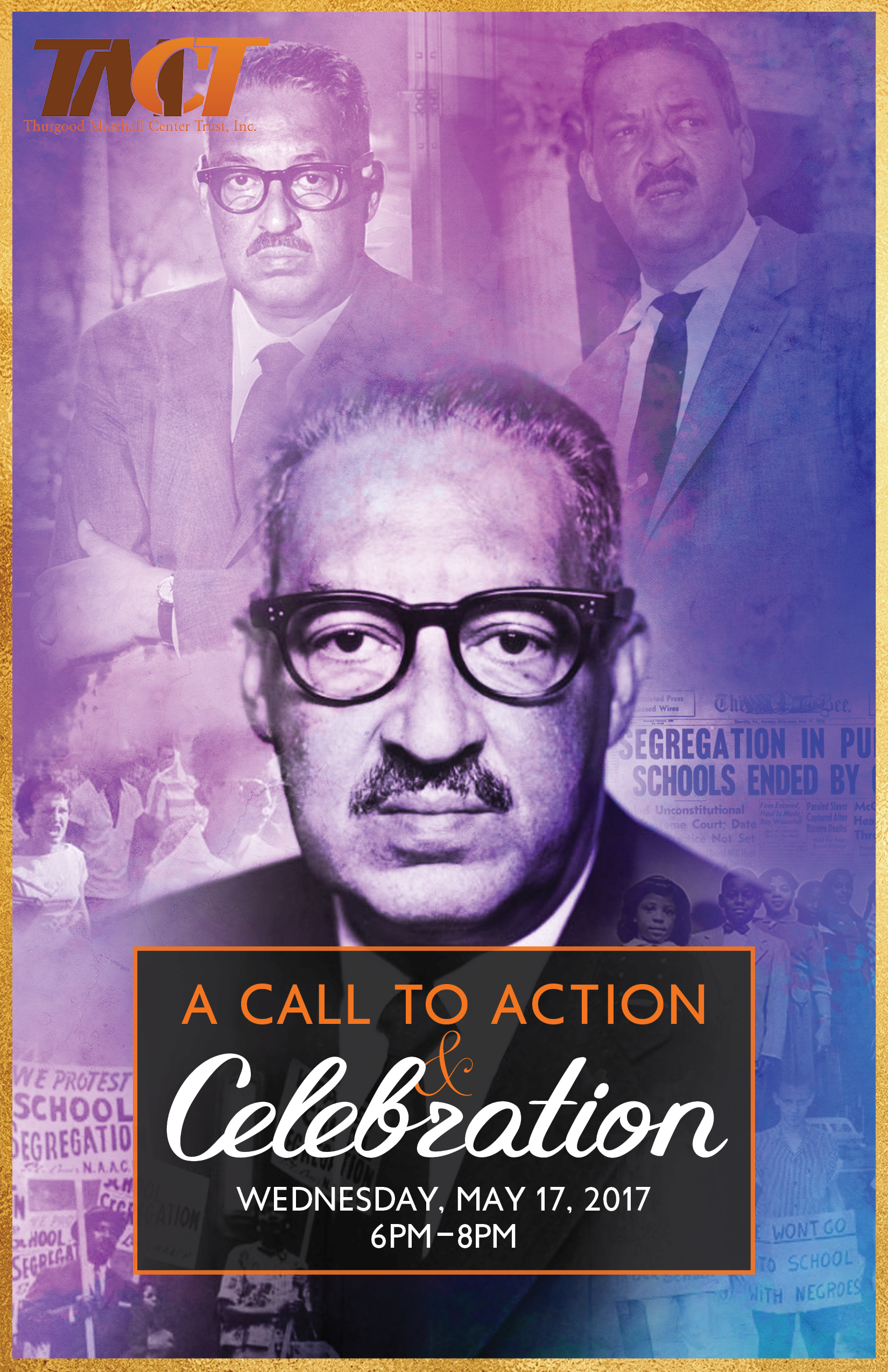A Fight For Simple Justice
In this milestone decision, the Supreme Court ruled that separating children in public
schools on the basis of race was unconstitutional. It signaled the end of legalized racial segregation in
the schools of the United States, overruling the “separate but equal” principle set forth in the 1896
Plessy v. Ferguson case.
On May 17, 1954, U.S. Supreme Court Justice Earl Warren delivered the unanimous ruling in the landmark civil rights case Brown v. Board of Education of Topeka, Kansas. State-sanctioned segregation of public schools was a violation of the 14th amendment and was therefore unconstitutional. This historic decision marked the end of the “separate but equal” precedent set by the Supreme Court nearly 60 years earlier in Plessy v. Ferguson and served as a catalyst for the expanding civil rights movement during the decade of the 1950s.
The Decision
Brown v. Board of Education (1954), now acknowledged as one of the greatest Supreme Court decisions of the 20th century, unanimously held that the racial segregation of children in public schools violated the Equal Protection Clause of the Fourteenth Amendment. Although the decision did not succeed in fully desegregating public education in the United States, it put the Constitution on the side of racial equality and galvanized the nascent civil rights movement into a full revolution.
In 1954, large portions of the United States had racially segregated schools, made legal by Plessy v. Ferguson (1896), which held that segregated public facilities were constitutional so long as the black and white facilities were equal to each other. However, by the mid-twentieth century, civil rights groups set up legal and political, challenges to racial segregation. In the early 1950s, NAACP lawyers brought class action lawsuits on behalf of black schoolchildren and their families in Kansas, South Carolina, Virginia, and Delaware, seeking court orders to compel school districts to let black students attend white public schools.
One of these class actions, Brown v. Board of Education was filed against the Topeka, Kansas school board by representative-plaintiff Oliver Brown, parent of one of the children denied access to Topeka’s white schools. Brown claimed that Topeka’s racial segregation violated the Constitution’s Equal Protection Clause because the city’s black and white schools were not equal to each other and never could be. The federal district court dismissed his claim, ruling that the segregated public schools were “substantially” equal enough to be constitutional under the Plessy doctrine. Brown appealed to the Supreme Court, which consolidated and then reviewed all the school segregation actions together. Thurgood Marshall, who would in 1967 be appointed the first black justice of the Court, was chief counsel for the plaintiffs.
Thanks to the astute leadership of Chief Justice Earl Warren, the Court spoke in a unanimous decision written by Warren himself. The decision held that racial segregation of children in public schools violated the Equal Protection Clause of the Fourteenth Amendment, which states that “no state shall make or enforce any law which shall … deny to any person within its jurisdiction the equal protection of the laws.” The Court noted that Congress, when drafting the Fourteenth Amendment in the 1860s, did not expressly intend to require integration of public schools. On the other hand, that Amendment did not prohibit integration. In any case, the Court asserted that the Fourteenth Amendment guarantees equal education today. Public education in the 20th century, said the Court, had become an essential component of a citizen’s public life, forming the basis of democratic citizenship, normal socialization, and professional training. In this context, any child denied a good education would be unlikely to succeed in life. Where a state, therefore, has undertaken to provide universal education, such education becomes a right that must be afforded equally to both blacks and whites.
Were the black and white schools “substantially” equal to each other, as the lower courts had found? After reviewing psychological studies showing black girls in segregated schools had low racial self-esteem, the Court concluded that separating children on the basis of race creates dangerous inferiority complexes that may adversely affect black children’s ability to learn. The Court concluded that, even if the tangible facilities were equal between the black and white schools, racial segregation in schools is “inherently unequal” and is thus always unconstitutional. At least in the context of public schools, Plessy v. Ferguson was overruled. In the Brown II case a decided year later, the Court ordered the states to integrate their schools “with all deliberate speed.”
Opposition to Brown I and II reached an apex in Cooper v. Aaron (1958), when the Court ruled that states were constitutionally required to implement the Supreme Court’s integration orders. Widespread racial integration of the South was achieved by the late 1960s and 1970s. In the meantime, the equal protection ruling in Brown spilled over into other areas of the law and into the political arena as well. Scholars now point out that Brown v. Board was not the beginning of the modern civil rights movement, but there is no doubt that it constituted a watershed moment in the struggle for racial equality in America.

(Nettie Hunt) and daughter (Nickie) sit on steps of the Supreme Court building on May 18, 1954, the day following the Court’s historic decision in Brown v. Board of Education. Nettie is holding a newspaper with the headline “High Court Bans Segregation in Public Schools.”
(Reproduction courtesy of Corbis Images)



